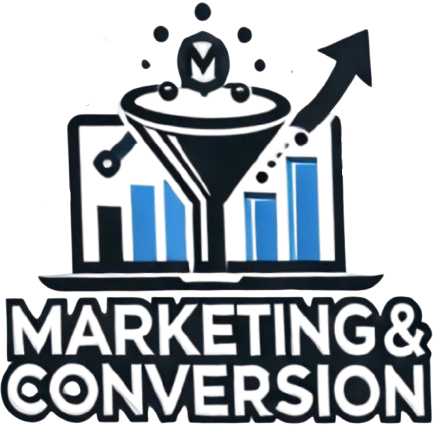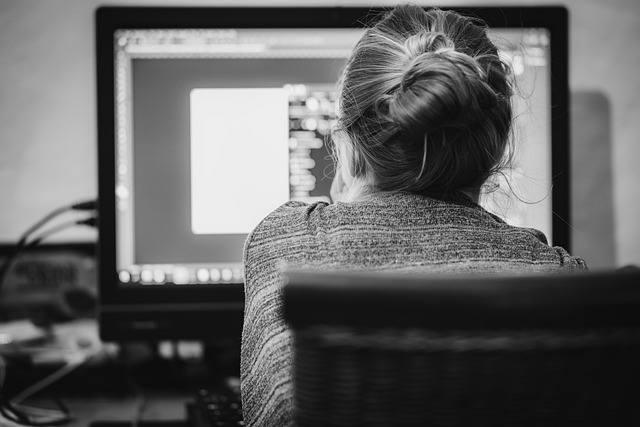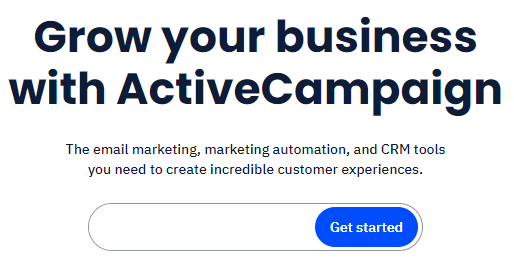
Throughout the entire building process of your website, it is crucial to consider the user experience. This is particularly important in terms of its design, as a website that is poorly-designed may result in confusion and frustration for your visitors, ultimately reducing the likelihood of them returning to your site.
If you don’t have a good eye for web design, you can still create an attractive and user-friendly website that stands out visually. Our design experts have compiled the top tips for web design at all skill levels to help you create a stunning website.
1. Getting started
It is important to start at the beginning when beginning a new design project. Starting off incorrectly can easily happen if you jump in too eagerly and let your excitement override a planned and systematic approach. This is a common mistake for beginners. Starting in the right way is crucial for the success of the design project. There are several factors to take into account as you begin.
2. do it
Often, we stall at the starting line, hesitant to take the first step due to a lack of knowledge or feeling overwhelmed by the initial tasks. We attempt to gather all the necessary information and plan thoroughly before taking action, appearing to be stuck on a perpetual “Pause” mode. However, the consensus among the community is clear: don’t overthink it, just jump right in and go for it!
- Whatever it is, do it now.
- Stop reading #smtips, and go create something that delivers a message.
- Stop procrastinating and start already!
- The scariest moment always comes just before you start.
- Be afraid, do it anyway, fail, repeat.
- Stop messing around; just start.
- Don’t over-think it.
3. Begin with pencil and paper
One commonly suggested piece of advice we received multiple times is not necessarily about whether to start, but rather about how to start. Many designers believe that the best way to begin a project is by detaching from the computer and using analogue methods.
The use of pen and paper is commonly favored in the initial phases of a project, as it offers an invigorating and concentrated viewpoint right from the start.
If the computer apps are released prematurely, you could potentially find yourself unsure of where to start or even feeling overwhelmed by the extensive range of possibilities. This results in a shift from concentrating on the visual content you wish to utilize for promoting the concept, to negotiating methods and making adjustments, leaving imagery with a lesser significance.
- Start with pen and paper, not a mouse and keyboard.
- The best ideas are born on paper.
- Always start with a pencil and a blank piece of paper. That’s the best way to get the best designs.
- My best design tip: forget your Mac, PC and apps, and start on paper with a nice sharp pencil.
- Use a pencil and paper to create a concept before you use a computer.
- Always start designs on paper. There’s power in sketching.
- Sketching out your ideas at the beginning of a project can really help form a good design.
- Always start with paper.
- Do sketches on paper, not in design software, so that you don’t limit your ideas to your current technological capabilities.
- When designing for the Web, go old school; plan and prototype your user interface and functionality on paper first.
- Turn off your computer and go back to basics; you can’t beat initial sketches done with good old-fashioned pen and paper.
- Design tip: start with pen and paper, and only turn to the software when you know exactly what you’re going to do.
4. Focus on the user
The foremost important requirement for any project is usability. While style and visual appeal are great, they should not hinder the usability of the design. Since most websites are interactive, the functionality and user experience should be prioritized over aesthetics to avoid partial failure of the project. However, consider the user throughout the entire thinking process of step by step.
Designing a usable website will be difficult if you don’t know who you’re designing for. To ensure ease of navigation, it is important to prioritize intuitive interactivity that any user can understand immediately.
- Make aesthetically pleasing designs, but not at the expense of usability.
- It doesn’t matter how great the design is; if it’s not functional and cannot be found, it’s pretty useless.
- Think like the target user.
- Function before form!
- All designs begin with an audience analysis. If you don’t know who you’re designing for, how can you know they’ll get it?
- Don’t underestimate the users.
- Design with the client in mind but for the end user. In the end, everyone will be happy.
- It may be dull, but here’s my tip: form follows function! It’s good design if the user can achieve what they want, the way they want to.
- Think about the user first, then design accordingly.
- User experience trumps everything. If it’s not usable, it’s not useful.
- Understanding is the key to creating simple, usable designs. Understand the users, the why of the design and the business goals.
5. Use no more than three fonts
To avoid a cluttered appearance, it is recommended to use a limited number of fonts when designing a website. Ideally, allocate a different font for the headers, body content, and one additional element such as the logo or calls-to-action. However, if brand guidelines require the use of a single font, it is acceptable as long as the font is easily readable and at an appropriate size, ideally between 14-16 points for the content.
6. Selecting the best colors
When designing your website, ensure that it maintains a unified color tone. Similar to fonts, refrain from using an excessive variety of colors and instead choose a consistent color scheme. Aim to make all important call-to-action (CTA) buttons the same color (a color that stands out on the page) in order for visitors to easily identify each CTA.
If your logo has a main color, you can use online tools like Paletton.com and Coolors to select two or three supplementary colors that go well with it. These tools are helpful in finding the most appropriate supporting colors for your website.
7. White space is your friend
Do you possess a room in your residence that has walls of neutral colors? We assume that you likely do; it would be quite disruptive to have walls covered in wild, printed wallpaper throughout your entire home. Consider this: if your dwelling was adorned with vibrant and hectic walls, the characteristics and furnishings within your home would never catch anyone’s attention!
The same principle is used for websites as well. Avoid filling every pixel of your pages and instead, appreciate the white space. By incorporating white space on your website, you direct your visitors’ attention towards specific areas you want them to prioritize. Additionally, this technique enhances the overall cleanliness and uncluttered appearance of your site, which adheres to basic design principles.
8. Get to know a grid system
The use of a grid system is essential for achieving a clean website design as it ensures perfect alignment of every text block, button, and section. Besides making the design process easier, a grid system also enhances user navigation.
This tip may be considered more intermediate, but it will have a significant impact on your website’s design. It is directly related to the following tip, so continue reading.
9. Design with mobile in mind
In today’s website design, responsive web design has become the standard. In order to design a responsive website, it is crucial to learn a grid system.
10. Implement content hierarchies
Users often click the back button of their browsers when encountering a page full of text.
When creating blog posts or pages with lists, such as a page for your products or services, utilize subhead hierarchies accompanied by brief body copy like this post. This method helps to break up the text, making it more reader-friendly and scannable for visitors.
11. The easier the navigation, the better
Make sure that the navigation on your website is easy for visitors to use and can be seen on every page. Incorporate your logo into the navigation, and ensure that it is clickable and leads to the homepage. By simplifying your navigation as much as possible, you will achieve excellent web design.
12. Inspiration
In fields that value originality and creativity, such as design, it is crucial to constantly nurture the flame of inspiration. The design community, just like any other, dedicates significant effort to ensure a continuous flow of ideas and motivation.
Designers spend a lot of time searching for sources of inspiration, both broad and specific to their projects, in order to stay creative. It is important to be ready to capture inspiration as it can come unexpectedly.
- Remember, design inspiration can come any time, even when you’re in the shower or on the toilet, so don’t fret if you get struck.
- Don’t design in a vacuum. Draw inspiration from others, both online and in person.
- Carry a notebook with you everywhere; you never know when inspiration will come.
- Inspiration comes from what you least expect will give it, so keep your eyes open.
- Eat the world with your eyes.
- Do not steal or copy the creativity of others, but do get inspired by it.
- Take your notebook everywhere (bed, bath, washroom…).
13. Layout
There were numerous responses that highlighted the significance of layout. Considering all the visual aspects that a design needs to fulfill, layout plays a vital role. The extent of functional design surpasses clickable elements and navigational depths. Most of it revolves around visuals and interactivity, both of which enhance the functionality of the design.
- Keep the main thing as the main thing.
- Make your copy layout the backbone of the design as much as possible. The message won’t matter if it’s illegible.
- Produce comps in black and white and in color so that clients can see the difference between the layout and the color and design.
- Here’s a simple rule for good layout and positioning: make sure everything can be divided by four.
- Use the “squint test” to evaluate a graphical layout: structure, contrast, spatial relationships, usability.


